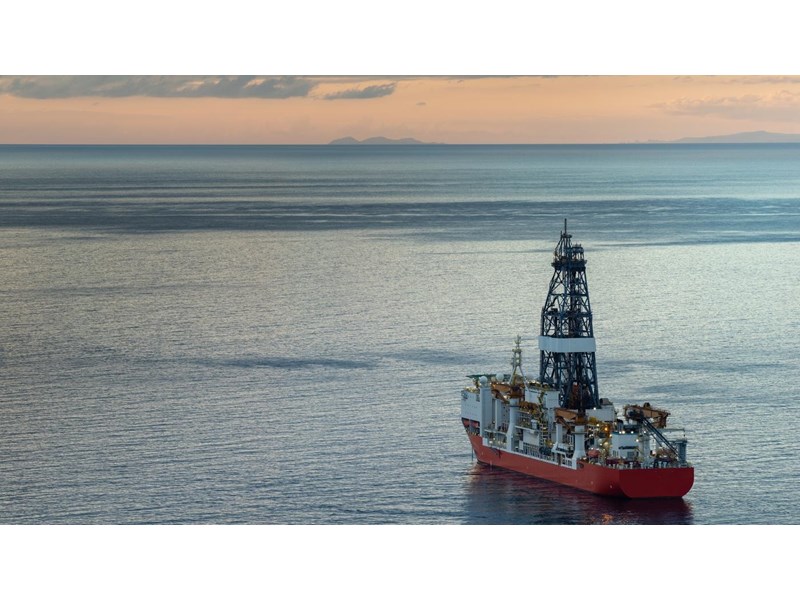Where next for the Beetaloo Basin?
The Beetaloo Basin is emerging as a potentially significant new source of Australian gas
2 minute read
Anne Forbes
Senior Research Analyst, Upstream

Anne Forbes
Senior Research Analyst, Upstream
Anne focuses on upstream assets updates at the intersection of our upstream and geology research
Latest articles by Anne
-
Opinion
A two-decade decline in exploration is driving the need for carbon neutral investment in Australia’s upstream sector
-
Opinion
Market outlook - opportunities for West Coast gas
-
Opinion
Can Australia create energy super basins?
The Beetaloo Basin in Australia has garnered attention due to its significant potential as a shale gas resource. Companies have conducted exploration and appraisal drilling in the region to assess the feasibility of extracting gas. Around 18 wells have been drilled in the last 10 years and activity is ramping up. This has sparked both excitement and concern.
In our latest Australia insight piece we explore the challenges and opportunities in getting this nascent play to work. The chart below outlines some of the complexities around the Beetaloo Basin.
The obstacles within the Beetaloo Basin's landscape
The Beetaloo Basin undoubtedly contains a huge amount of gas. Accessing it economically will be the challenge. Unconventional resources in the US, and here in Australia, have relied on infrastructure from a previous phase of conventional oil and gas development, which is not the case for the Beetaloo.
The area is isolated with almost no oil and gas infrastructure currently in place. Everything from roads, pipelines to a local source of frac sand are required. The area is also affected by the tropical Northern Territory’s wet season, which can limit drilling and rig movements.
Capex will be high, and we predict well costs as one of the key drivers of success or failure of the play. Reducing well costs will be of critical importance, whether through operational efficiencies, sourcing cheaper local products (frac sand for example), or synergies with other operators in the basin. Transport costs to get gas to users will add a significant fee. We believe costs will be in the region of AU$3-8 /GJ to customers across the east coast, due to the isolated nature of the area.
Current small capital operators are running continual cash raises to keep up with exploration, appraisal and early development costs. These players need to keep up momentum and belief in the play for this to continue to eventual first gas production. The Tamboran-operated JV has a novel model of bringing in new key service companies to the basin at little or no cost with equity stakes in the resource.
Challenges from environmental and pastoralist groups have been a common theme across the Beetaloo Basin’s exploration and development activities so far. Operators are keenly aware of the additional scrutiny they are under. It has driven them to target net-zero gas and LNG, a desirable commodity in today's carbon conscious world.
It will be key for operators to keep on the forefront of policies like the Safeguard Mechanism and tamp down potential misinformation on shale gas. Further challenges are likely from environmental activists, pastoralists and potentially traditional owners or other aboriginal groups.
Opportunities for domestic gas and export LNG
The East Coast and Northern Territory markets are finely balanced right now and are due to be short of gas this decade. Export LNG from existing LNG plants in either Darwin or Gladstone, or new build LNG such as Tamboran’s proposed NTLNG plant, are possibilities.
Overall, the Beetaloo Basin represents both promise and challenges, with its potential as a significant energy resource while raising discussions about environmental impact and sustainable development.

Bespoke packages for E&Ps in Australia
Find out more about our upstream reports and products tailored to your specific needs.
Find out more






